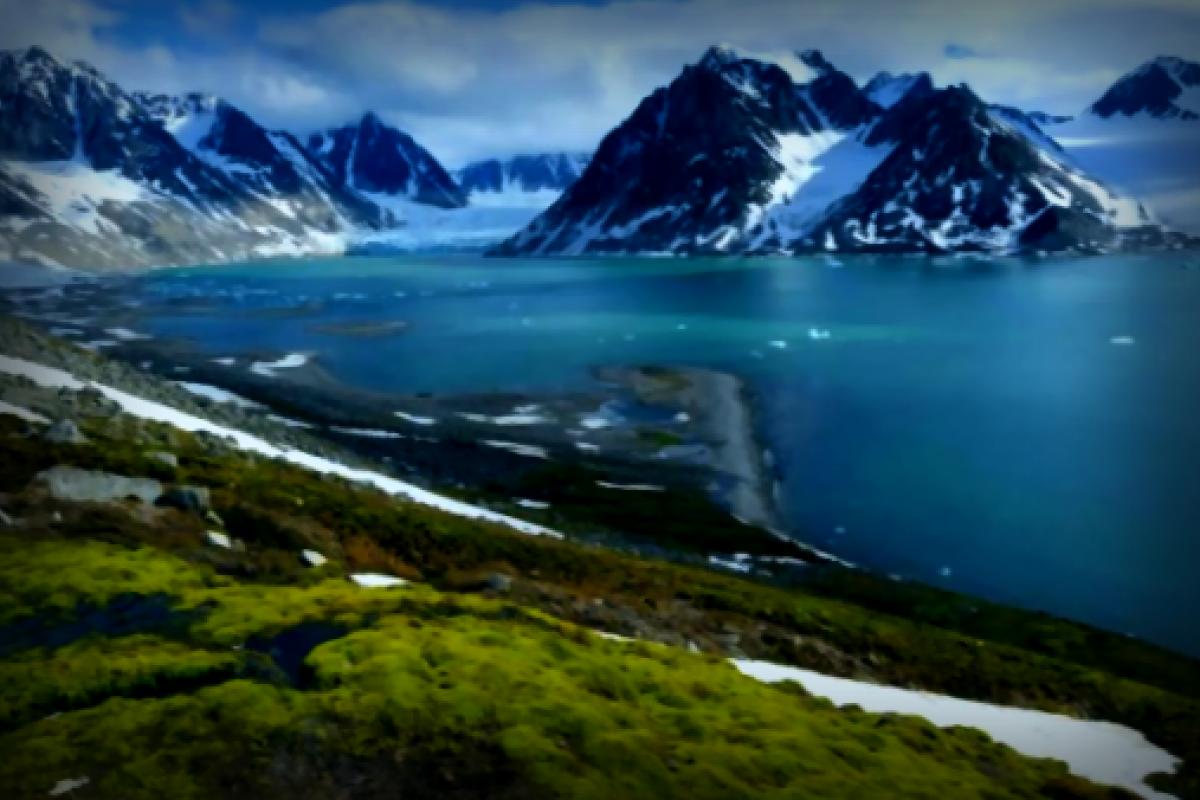What was once solid ice is now a puddle of water— and that’s becoming a common sight in Svalbard during February. Instead of slipping on icy surfaces, researchers had to navigate through meltwater, highlighting a trend that could change everything we know about the Arctic.
Seems distant? Not really. The Arctic is like a giant thermostat for the globe, and when ground that’s been frozen for millennia begins to melt, it sparks chaos—not just in wildlife, but in everything from weather patterns to grocery prices. The impact can extend far beyond our love for avocado toast.
What’s Going On?
According to a report by Nature, temperatures in Ny-Ålesund hit a whopping minus 3.3 degrees Celsius (26.1 degrees Fahrenheit) in February—significantly warmer than the typical minus 15 degrees Celsius (5 degrees Fahrenheit) for this season.
Some days, the temperatures even rose above zero, washing the tundra with rain and melting snow. Researchers found meltwater pooling over glaciers and easily collected soft soil samples, which were thawed just two inches beneath the surface. One scientist dramatically referred to it as a “melting ice rink”—a strong signal that we are witnessing “a fundamental shift” in Arctic winters.
Why This Is Important
The snow layer that’s meant to keep the tundra insulated has turned into a crusty, icy barrier, which has made it incredibly difficult for reindeer to forage for food. As things warmed up, tiny organisms beneath the soil sprung back to life and began releasing greenhouse gases that the cold usually keeps locked away. Some teams discovered that live plants in lush moss appeared weeks before winter had even finished!
And it doesn’t end there. Scientists in Ny-Ålesund suddenly had to tweak their plans when the once-frozen ground melted and then refroze. Buildings across Svalbard felt the shift too as the permafrost weakened beneath them, plus heavy, moist snow is now raising concerns over potential avalanches—not just for researchers, but for the local tourism as well.
What’s Being Done?
Out in Svalbard, people aren’t sitting quietly. Some teams are trying out reflective coatings on snow to slow down its melting. Others are placing sensors underground to keep tabs on the cycles of freeze and thaw before they cause a bigger problem. Several communities have switched from diesel to solar power—not for fame or glory, but because it’s just more cost-effective, especially during winter storms.
You don’t need to be in the Arctic to make a difference. Better insulation can help keep your house warm and lower your energy bills. Switching to electric vehicles or reducing meat consumption can help cut down on your carbon footprint. Solar panels are also a great addition, and having a battery can ensure your power is solid when the grid goes down. Every little lifestyle change and raising awareness can lead us to the impactful change our planet needs.

Don’t miss our free newsletter for uplifting news and handy tips, and be sure to check out this compilation of simple ways to help yourself while being kind to our planet.
This content about scientists warning of unprecedented Arctic phenomena first emerged on The Cool Down.



















